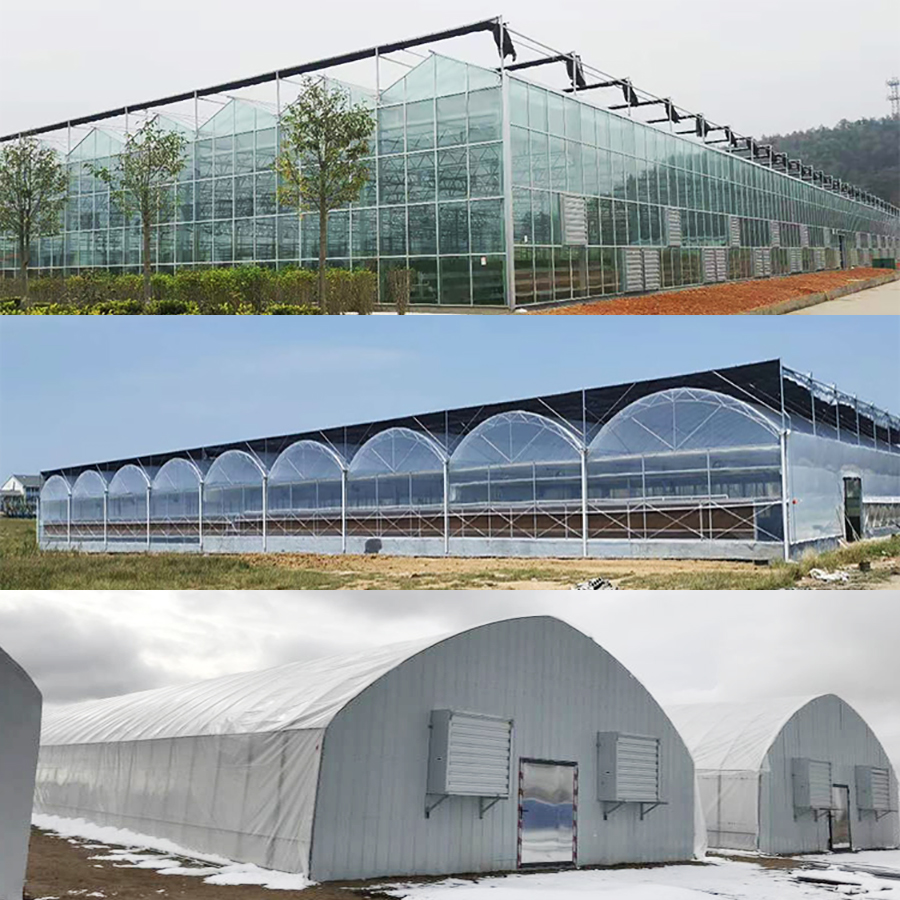Commercial greenhouses are structures used to grow plants in a controlled environment. They are designed to provide optimal growing conditions for a wide range of crops, including fruits, vegetables, and flowers. Commercial greenhouses are used by large-scale farmers, nurseries, and horticulturists, as well as researchers and educators.
One of the key benefits of commercial greenhouses is their ability to provide a consistent growing environment for plants. The temperature, humidity, and light levels can be carefully controlled, ensuring that crops are able to grow and develop as efficiently as possible. This can lead to faster growth rates, higher yields, and improved overall plant health.
Commercial greenhouses also offer protection against pests and other environmental factors that can damage crops. The structure can be sealed to prevent pests from entering, and filters can be used to purify the air inside the greenhouse. Additionally, the use of irrigation systems and other techniques can help to maintain optimal soil moisture levels and prevent soil-borne diseases.
Another advantage of commercial greenhouses is their ability to extend the growing season. By controlling the environment inside the greenhouse, farmers can grow crops year-round, regardless of the outside weather conditions. This can be particularly valuable in areas with short growing seasons or harsh climates.
Commercial greenhouses come in a variety of sizes and designs to suit different needs and budgets. Some are small, simple structures that can be used for hobby gardening or small-scale farming, while others are large, high-tech facilities with advanced environmental control systems and specialized equipment.
Despite their many benefits, commercial greenhouses do have some potential drawbacks. They can be expensive to construct and maintain, particularly for larger structures or those with advanced technology. Additionally, the energy required to maintain a consistent environment inside the greenhouse can be costly, particularly in areas with high energy prices.
Overall, commercial greenhouses are a valuable tool for growers and farmers looking to maximize crop yields and ensure consistent plant health. With their ability to control the growing environment, protect crops from pests and disease, and extend the growing season, commercial greenhouses are an important part of modern agriculture. As technology and techniques continue to evolve, it is likely that commercial greenhouses will continue to play a vital role in the future of farming and horticulture.




